Interview by Jana Hoops. Special to the Clarion-Ledger Sunday print edition (October 1).
Brooklyn resident and Long Island native Nathan Englander packs love, violence, allegory, and political intrigue into his second novel, Dinner at the Center of the Earth (Knopf), as he presents readers with a plot-driven literary tale that examines the current state of of the peace process-or lack thereof–between the Israelis and Palestinians.
A thought-provoking read to say the least, the book reveals Englander’s own take on the ongoing political battle–and it’s a personal one. Growing up Jewish in New York, his angst over the lack of progress between the two camps led to his own five-year retreat to Israel, which he spent examining first-hand the seeming futility of any effort to bring the two sides together.
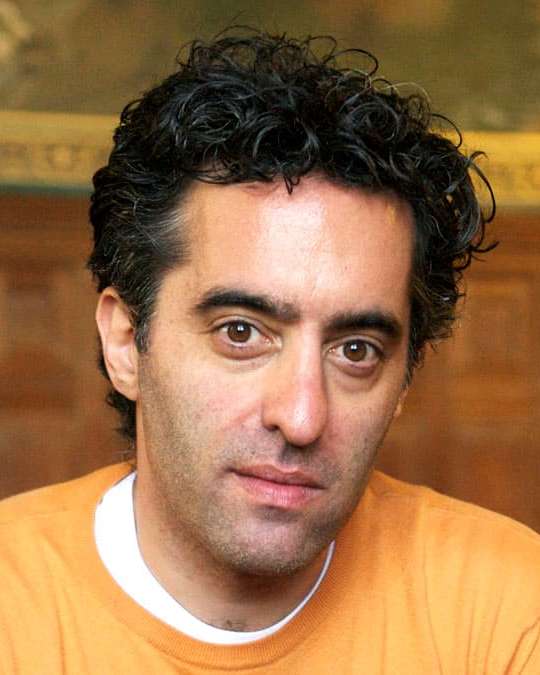
Nathan Englander
His previous works include What We Talk About When We Talk About Anne Frank (winner of the Frank O’Connor International Short Story and finalist for the Pulitzer Prize); and the novel The Ministry of Special Cases. His short fiction has appeared in numerous anthologies.
Englander is Distinguished Writer-in-Residence at New York University and lives in Brooklyn with his wife and daughter.
In the ackowledgements at the end of your book, you thanked the city of Zomba, Malowi, where some of the writing process of Dinner at the Center of the Earth took place. Please explain why that was important to you.
Zomba played a part in the rewriting of this book. I lived there last year with my family, and I found that composing in a place so radically different from the one in which I live helped me to see my own life–my reality–with fresh eyes, which, I deeply believe, helped me to do the same inside the book’s world, where I was spending most of my time.
In what ways did your four–or what it five?–years living in Jerusalem before the intifada in 2000 prepare you to write Dinner at the Center of the Earth?
It was five years. And a year of college long before that, and some stretches here and there in between. That time was less what prepared me to write the book, and more what drove me to do it. I’ve really wanted to tell this story for near 20 years.
But, I hear the question (why?), and I have an answer. And that is, when I was living in Israel, I came to understand that solving the conflict between Israel and Palestine wasn’t just about bridging the gap between two peoples who hold two different positions of some argument. A real solution would mean bridging the space between two different worlds. That is, I was a Jewish person living in Jerusalem, and my Palestinian neighbors in the exact same place were living in al-Quds. We’re dealing with multiple realities, not differing opinions.
I read that you wanted to write a book that “weaved time and threads.” Describe how the complexity of the Israeli/Palestinian conflict, and its seemingly unsolvable issues, prompted you to bring that approach to life through this book.
Central to that conflict, and central to my heartbreak over the failure of the peace process, are the endless cycles of violence, the buildup, the warring, the truces and quiet times–which both sides then use to build up and ready themselves for when the fighting starts all over again. I really wanted to write a novel whose structure captured that spiral, and reflected those rhythms.
This seems to be a book that would be good to read over again in order to understand the timeline and grasp its full meaning. Was that your intention?
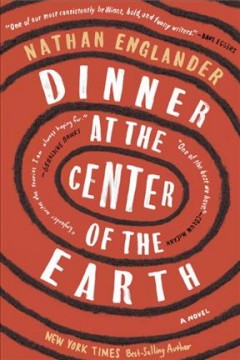 It’s nice of you to ask. And, I promise you, I’m truly thankful for the people who invest in reading this novel once–that’s already a gift for a writer, and I ask no more. I can tell you that I worked hard to build a book you could just sit down and read, a linear novel that also happens to wrestle with age-old conflict and has many different plot lines, all running concurrently.
It’s nice of you to ask. And, I promise you, I’m truly thankful for the people who invest in reading this novel once–that’s already a gift for a writer, and I ask no more. I can tell you that I worked hard to build a book you could just sit down and read, a linear novel that also happens to wrestle with age-old conflict and has many different plot lines, all running concurrently.
I think of your question in terms of a certain kind of reader–of which, in asking, I assume you are one–and I think, if this book has a certain life, and some nice graduate student somewhere wants to take it apart with a screwdriver and see how it ticks, I hope he or she will find something in the mechanics of it. I sure spent a lot of my time trying to make the thriller-historical-love-story-allegorical elements all jibe.
I loved what you did with the dream sequences of the General, whom we assume to be Ariel Sharon. Were there actual events for his life that led you to imagine these dream events? The endless falling with his radio operator after the explosion was especially intriguing.
Am I allowed to say that I love your questions? I love your questions! For one, it was imperative to me that my character, the General, be read as the General, not Ariel Sharon. As for parallels to Israeli-Palestinians history, I drew off many events for the reality the general is living in his mind. But you’re asking about the radio operator and the flying. This novel, unlike my last, is set in places I’ve lived, and addresses parts of history that are woven into my own memory, and central to my education, and have shaped my worldview.
What I’m trying to stress is that I bought a lot of books to study, but ended up doing very little research, and never opened most. I’d read a paragraph, and my mind would start spinning, and I’d start typing. Anyway, a doctor friend I’d called to ask about comas and minimally conscious state either shared this fact with me, or it appeared in the first couple of paragraphs of some scientific paper somewhere that I clicked on, but I fell in love with the idea that people who come out of comas often remember that they had dreams of flying. It just changed me, as soon as I learned that.
Were prisoner Z and the guard based on actual people, or were they fictional characters to move the plot and tell the story?
The guard popped into my head in the same way that Ruthi did–which is, out of nowhere. Speaking of consciousness, I literally have no awareness of how they suddenly came to be.
Prisoner Z is a character I can trace through my imagination. I was in Israel on a book tour, and on the last day, I picked up the morning paper and there was this story of an Israeli prisoner called, only, X. He was found dead in his cell. The extremely complicating factor was that he was a secret prisoner so, prior to his death, he had not existed. And prior to there being a cell with a ceiling from which to hang himself, there was no cell at all. That is, it was only with his death that he’d lived, only with his hanging that there was a cell to hang himself from.
When I read that X was a Mossad spy who’d become a traitor, I began thinking of all the reasons that spies become traitors: blackmail, failures of character, hunger for power, etc., etc. And I thought, what about a spy who becomes a traitor through empathy? Someone who flips because of his feelings for the other side. And that’s how, in that moment, a character is born. How, for me, an X becomes a Z.
Prisoner Z states in one his letters to the General that the only way for Israel to end the conflict was to lose and cede ground to the Palestinians. Is this an actual idea shared by some in Israel?
I’m sure, if folks think it, they don’t use the term “losing,” and it’s not about a notion of surrender. A novel delivers a pressurized form of reality–a world as real as the one we’re in, that manifests in a heightened way. Even as far off as it seems today, I bet there are plenty of people who still believe that pulling out of enough territory for there to be viable states, side by side, is the best way to achieve peace.
Tell me about the title of the book. Did it come to you as the story unfolded, or did you have it from the start?
Firstly, I’d like to note that the titles of my books are always extraordinarily long. And maybe I should pick shorter ones, since I’m so shy when folks ask me what the names of my books are called. I think, in every case, I’ve found the title of the book inside the story itself.
Do you have plans in the works yet that you can share about your next writing project?
Sure. Yes. I think the early part of one’s writing life is extra stressful because you haven’t yet fallen permanently behind. Once you’re drowning in projects you’re dying to pursue, what-comes-next is always right there.
So, as much as Dinner at the Center of the Earth is a book that took me far from the imagined worlds where I started, the next novel swings me back to where I began. I wanted to return to that space, where I explore the boundary between sacred and profane, religious and secular. Also, I’ve got another play in the works, and a non-fiction book, and some other things cooking.
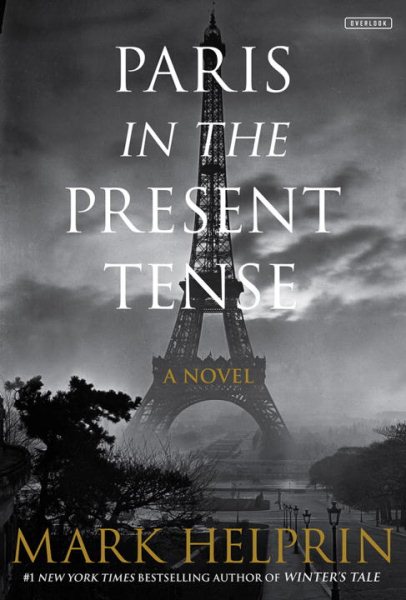 It helps if you’re a hopeless romantic who thrives on the razor’s edge of hope and despair, not caring if ultimately successful in the target of your desires, for having experienced the compounding joys of the attempt, even if it’s dashed.
It helps if you’re a hopeless romantic who thrives on the razor’s edge of hope and despair, not caring if ultimately successful in the target of your desires, for having experienced the compounding joys of the attempt, even if it’s dashed.

 Our Souls at Night is now
Our Souls at Night is now  The plot of Jennifer Egan’s latest novel
The plot of Jennifer Egan’s latest novel 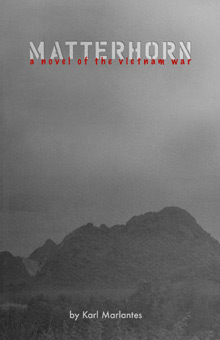 Karl Marlantes found a publisher in El Léon Literary Arts, a small press privately funded through donations. Led by author Thomas Farber, the operation is known to run on a $200 a year travel and entertainment budget and publishes literary works that might not seem commercially viable by mainstream publishers. By the time the 700-page Matterhorn was printed in softcover and review copies were sent out, a group of booksellers got the attention of El Léon by submitting Matterhorn to a first-novel contest. Soon Farber began getting calls from larger publishers. Eventually, a deal with the independent press Grove Atlantic was made and Matterhorn was released in hardback in 2010. Behind the scenes, Grove Atlantic’s Morgan Entrekin championed Matterhorn to booksellers across the country. The success of Matterhorn is due to the perseverance of its author, small presses, and the diligence of booksellers. It is a story of authenticity as opposed to overblown media hype.
Karl Marlantes found a publisher in El Léon Literary Arts, a small press privately funded through donations. Led by author Thomas Farber, the operation is known to run on a $200 a year travel and entertainment budget and publishes literary works that might not seem commercially viable by mainstream publishers. By the time the 700-page Matterhorn was printed in softcover and review copies were sent out, a group of booksellers got the attention of El Léon by submitting Matterhorn to a first-novel contest. Soon Farber began getting calls from larger publishers. Eventually, a deal with the independent press Grove Atlantic was made and Matterhorn was released in hardback in 2010. Behind the scenes, Grove Atlantic’s Morgan Entrekin championed Matterhorn to booksellers across the country. The success of Matterhorn is due to the perseverance of its author, small presses, and the diligence of booksellers. It is a story of authenticity as opposed to overblown media hype.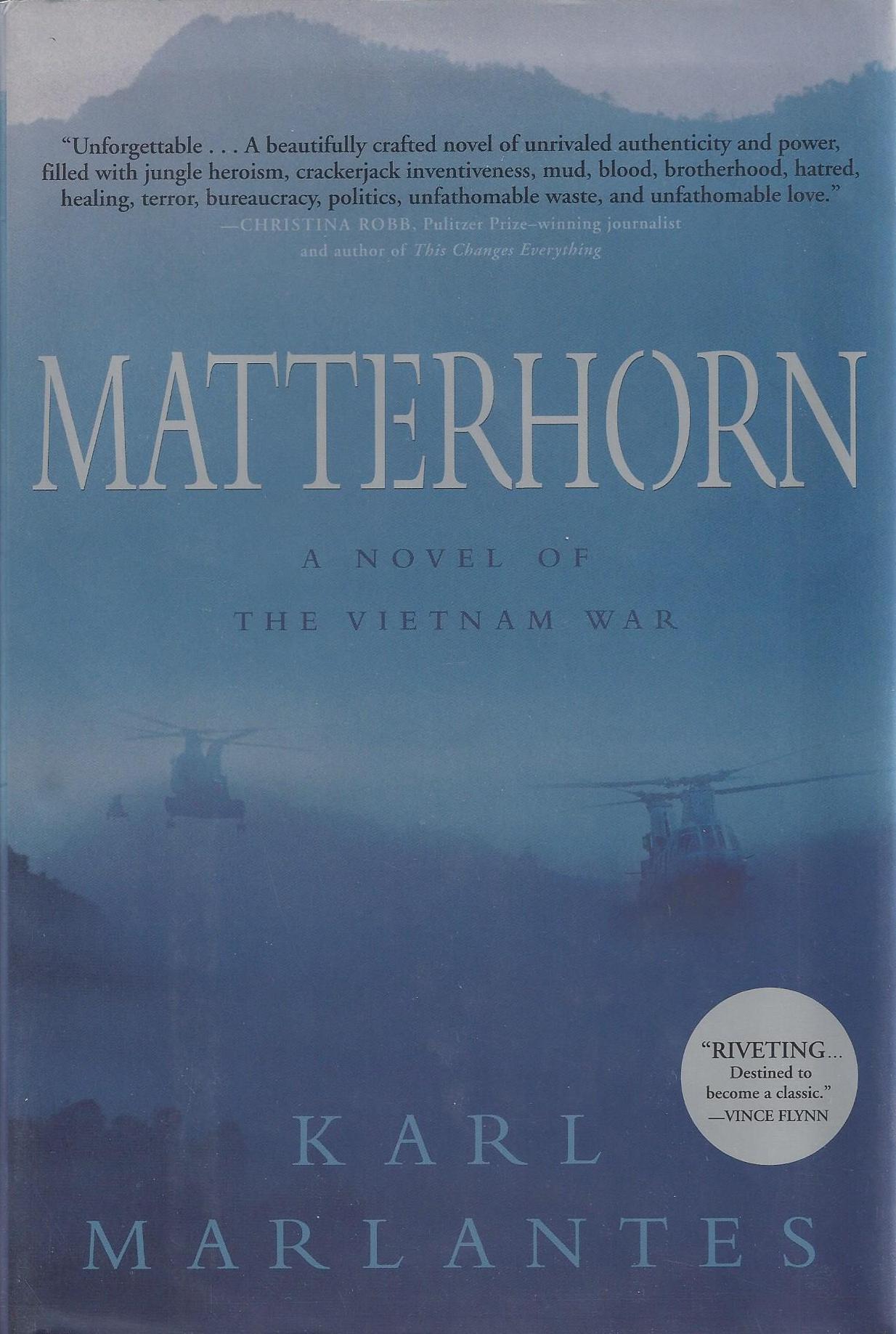 This authenticity leads to a collectible book. The copies of Matterhorn printed in softcover at El Léon became advanced copies for Grove Atlantic’s hardcover edition. For collectors, that softcover is the true first edition. Matterhorn follows in the tradition of other great war novels like Norman Mailer’s The Naked and the Dead and James Jones’ The Thin Red Line.
This authenticity leads to a collectible book. The copies of Matterhorn printed in softcover at El Léon became advanced copies for Grove Atlantic’s hardcover edition. For collectors, that softcover is the true first edition. Matterhorn follows in the tradition of other great war novels like Norman Mailer’s The Naked and the Dead and James Jones’ The Thin Red Line.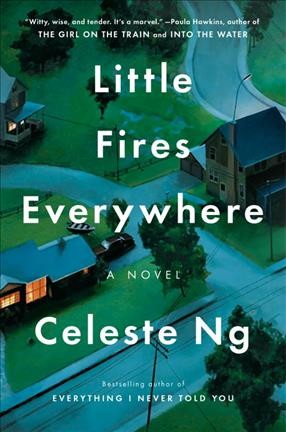 Little Fires Everywhere
Little Fires Everywhere The characters are built slowly, as the chapters flit between events in Germany, France, Italy, and Israel in 2002 and 2014. In the beginning, we don’t know the identity of Prisoner Z, or about the crime he committed to land him in prison.
The characters are built slowly, as the chapters flit between events in Germany, France, Italy, and Israel in 2002 and 2014. In the beginning, we don’t know the identity of Prisoner Z, or about the crime he committed to land him in prison.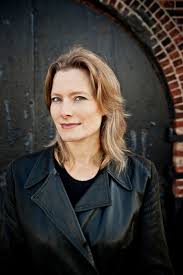

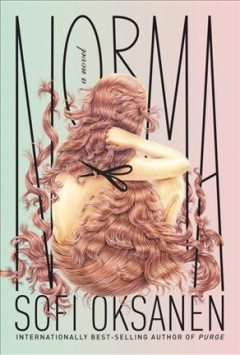 You might think that having magic hair that’s attuned to your emotions would be a blessing, but the titular character in
You might think that having magic hair that’s attuned to your emotions would be a blessing, but the titular character in